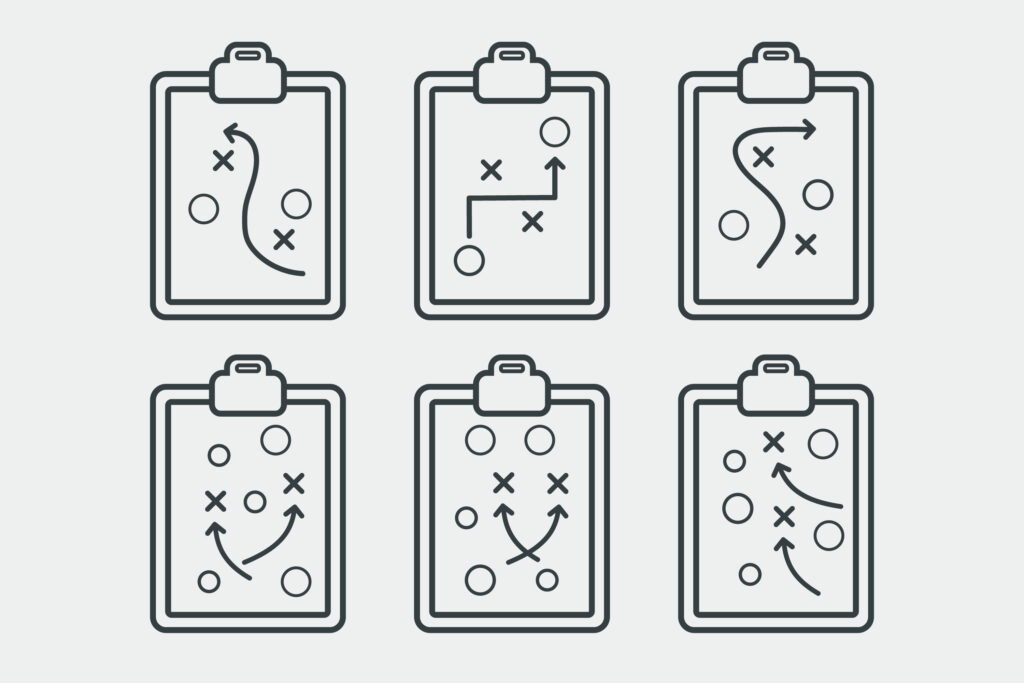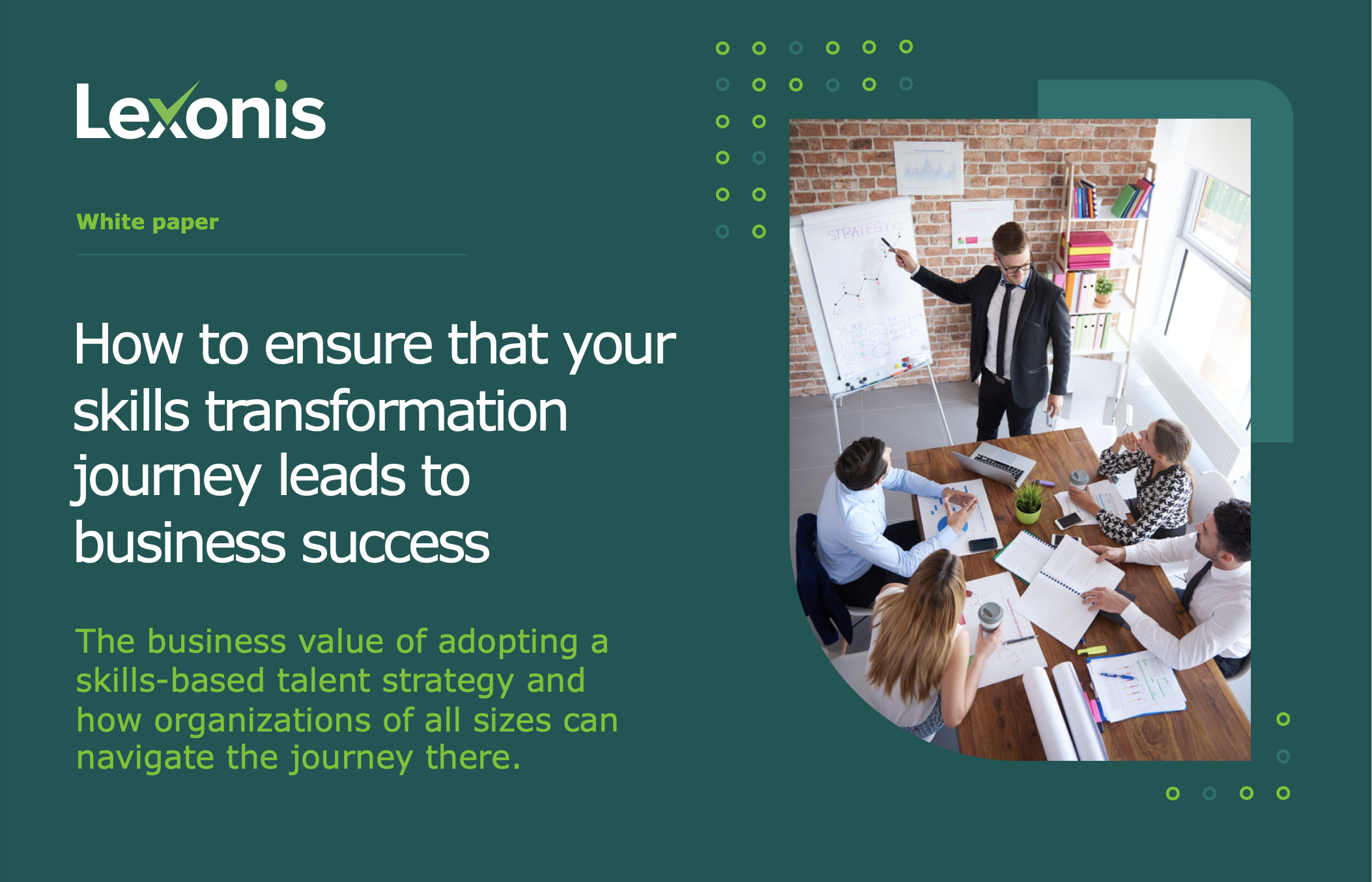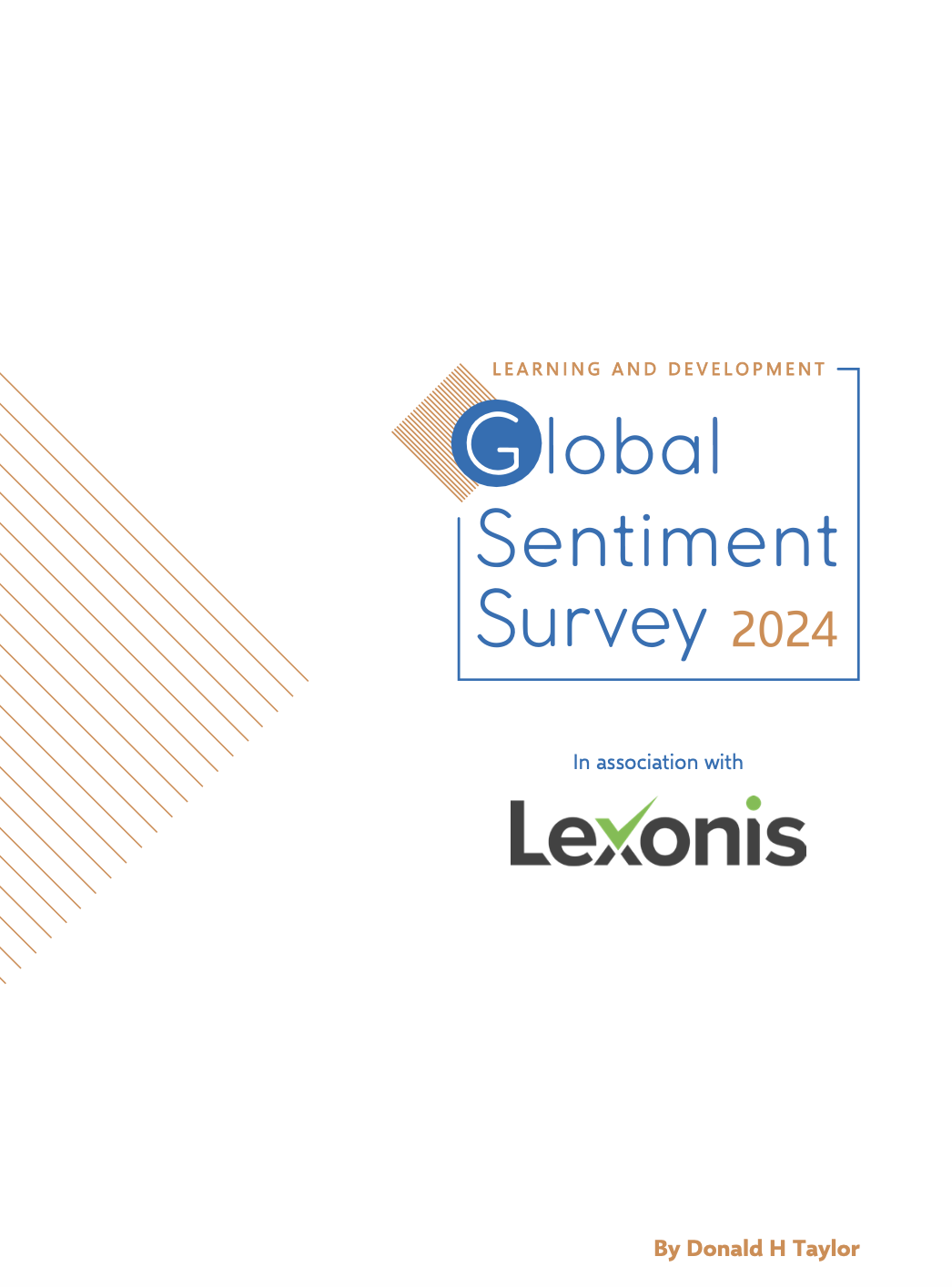A Modern Career Pathway Playbook
Steven Lowenthal
As described in Part 2 of this article, the traditional approach to career pathways just doesn’t work with the new normal. Jobs are constantly evolving, many are short-term and project-based, skill requirements continuously change, and employees aren’t necessarily interested in pursuing hierarchal career ladders. Career pathways demand more flexibility, increased agency for employees and the ability to respond to the changing needs of an organization

A modern career pathway is like a personal trainer who constantly updates your training plan based on what event you’re preparing for, integrates the latest training practices and adjusts your personal plan based on how you’re feeling. In this context, “career pathways” are replaced by a more dynamic ecosystem of solutions that are designed to help employees explore and prepare for different potential futures in the organization. These solutions have the following capabilities:
Understand My Capabilities
If your organization suffers from low engagement scores or increasing churn, a lack of employee development is likely a culprit. In a new survey from INTOO and Workplace Intelligence, 25% of employees say they’ll likely quit within the next six months due to a lack of career development support from their company. But most executives know from experience that simply throwing more dollars at L&D will have little effect.
What companies miss is that upskilling an employee is in effect a change process. And like most change programs, leading with a series of top-down initiatives without first engaging and activating employees is more likely to fail than not. With this in mind, the first step to engage employees is to help them understand their starting point in a career plan. Employees need tools to recognize and quantify their existing skills.
Explore and Find Target Roles
Career pathways are increasingly non-linear, they involve either a lateral move, a move to an entirely new function, or are made up of a series of temporary roles. So, how do employees plan for such an uncertain future? Organizations need to manage roles as dynamically as the market is evolving. The old days of stagnant, out of date job descriptions no longer support the new normal. Organizations need up-to-date job descriptions for all existing roles, emerging roles and common temporary roles, if the company is using a “flex” model. Employees need to be able to browse and search roles by skills and matching experience. They should be able to target specific roles and prepare themselves to succeed in them.
Identify and Quantify Gaps
Once an employee identifies target roles, their career pathway starts to take shape with these targets as potential milestones. The connective tissue between these milestones is development. This development is shaped by closing any gaps between an employee’s current skills and experiences and those required for a target role. Employees need the ability to assess themselves against these gaps and understand what activities will help them close the gap.
Access Learning and Development Resources to Close Gaps
Now that employees are setting targets and surfacing their personal skills and experience gaps, they need a way to close the gaps. This is where an organization can maximize the ROI of learning, mentoring, and developmental assignments. If your organization has a system in place, like Lexonis Talentscape, you’ll start to identify high-priority skills gaps through workforce analytics and can prioritize these gaps with your L&D resources.
Learn About Emerging Roles & Skills
Technology entrepreneur, Mark Cuban, spends about 3 hours reading every day and attributes his early career success in life to reading. He wants to learn more about a new industry he is researching and become great in it. Mark Cuban understands that industries constantly evolve and change and if you’re not changing with them, you probably won’t succeeding. The same approach applies to managing a career. Companies need new skills to stay ahead. While some employees are “Mark Cubans”, most aren’t. Employees need to be regularly informed about new roles and emerging skills. The good news is there is a constant stream of research and articles written on this topic along with software that tracks emerging skills. The more difficult challenge is a last mile challenge – how to get this information out to frontline employees? This usually requires a strong collaboration between HR business partners (HR BPs), who will track skills data, and managers who are responsible for communicating the data to employees and guiding them on any actions needed to develop the skills.
Clearly, the modern approach to career pathways must be dynamic and employee-centric, reflecting the constantly shifting job landscape. By providing tools for employees to understand their current capabilities, explore and identify target roles, quantify skill gaps, access tailored learning resources, and stay informed about emerging roles and skills, organizations can foster a more adaptable and engaged workforce. This ecosystem of support not only empowers employees to navigate their careers with greater flexibility and confidence but also ensures that organizations remain competitive and resilient in an ever-evolving market.
Click here to read part 4 and understand the key roles for career pathways.
You may also like

There is a skills gap problem in the developed economies…

The business value of adopting a skills-based talent strategy and…

What is trending in workplace L&D this year? Are your…